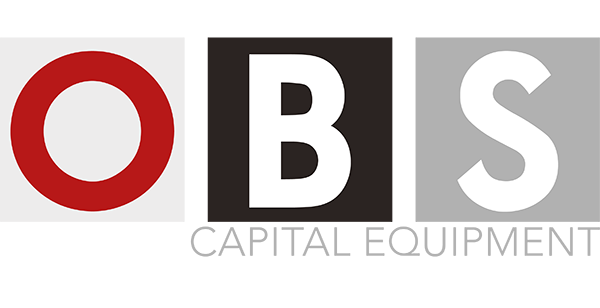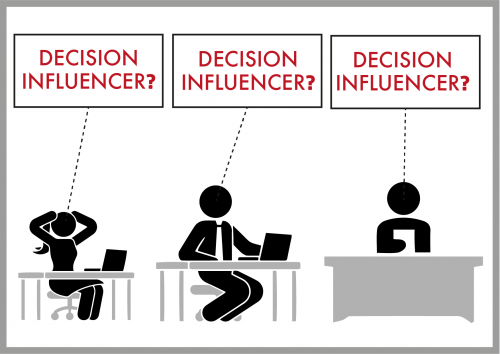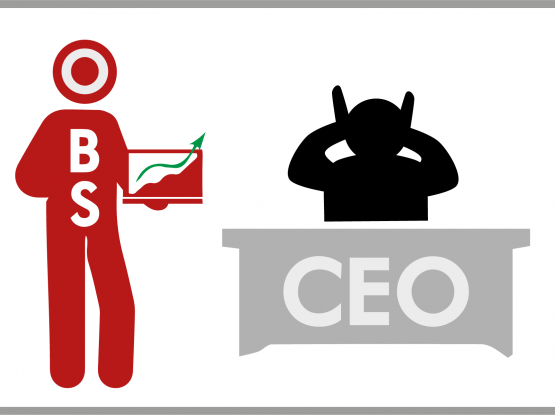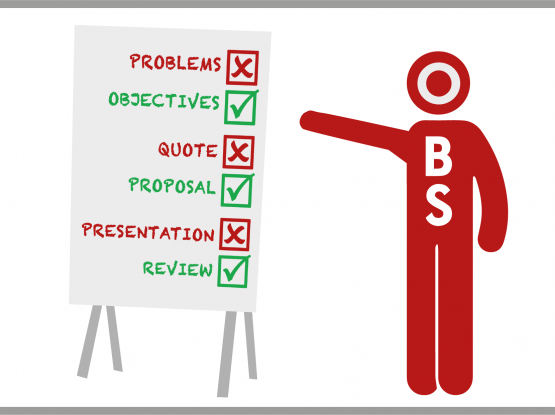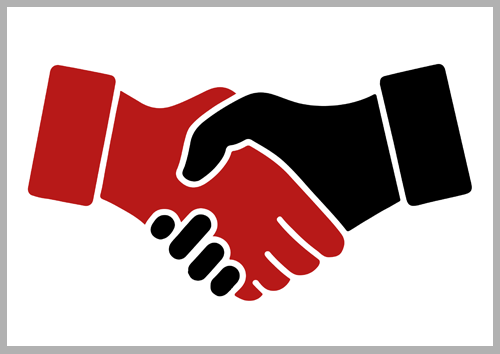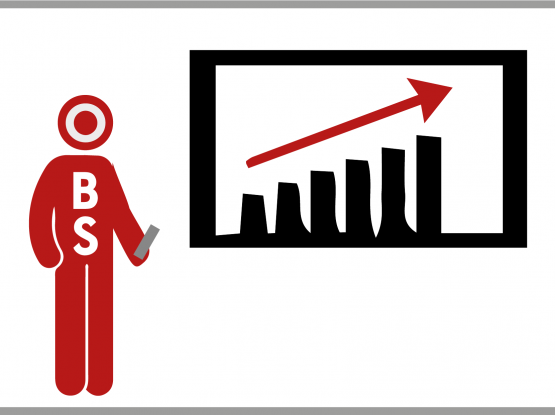Salespeople are most effective when they understand and can articulate “what’s really happening” in specific sales situations and take actions most likely to lead to a profitable sale. This report describes characteristics of the material handling sales environment, along with a brief discussion of implications for the salesperson’s preferred actions.
MULTIPLE DECISION INFLUENCERS
Material handling sales of consequence almost always involve more than one decision influencer. Generally, the larger the project or the more complex the organisation the salesperson is dealing with, the more people involved in the decision. Knowing this “going in” alerts the salesperson to pay attention to everyone they meet, to look for opportunities to meet more people, to ask questions to identify decision influencers and the roles they play. In smaller companies, salespeople may be dealing with owners who seem to have discretionary decision-making power, however, even owners usually get input from others.
HIDDEN DECISION INFLUENCERS
No matter how skilled, salespeople often fail to identify all the decision influencers. Material handling salespeople must assume there are “hidden” decision influencers in every large project, creating the challenge of “selling” to influencers who cannot be identified or met. There are two effective ways of doing this:
- Via the written proposal document, which communicates to those decision influencers salespeople can’t meet
- Through the salesperson’s “advocate”, the salesperson’s primary contact, with whom a personal, professional relationship has been developed and who believes his company should act on the salesperson’s proposal
INCREASINGLY DIFFICULT ACCESS TO DECISION INFLUENCERS
Organisations erect barriers to decision influencers. Barriers include phone systems such as voice mail, gatekeepers, national contracts and a simple refusal to see salespeople. This places a premium on communication and relationship-building skills when a salesperson is able to make personal contact. It also increases the importance of effective written (email and paper) communication, particularly the proposal document. While the salesperson must aim for the opportunity to personally review the proposal with decision influencers, this can’t always be relied upon.
SALESPERSON BANISHED WHEN PURCHASING DECISION IS MADE
Traditional sales training often emphasises “on the spot” closing techniques. This is most often not the case with material handling projects of consequence, due to:
- Multiple and hidden decision influencers
- Complex corporate structures and decision criteria
- The size of many transactions
- The impact these decisions may have on customer operations
- Simple reluctance of many people to act “under pressure” from a salesperson
When salespeople are precluded from closing in person, they must develop written proposals which sell when they can’t be there and have relationships with customer advocates who will make their case.
COMPETITION FOR FUNDS
Material handling equipment is most often purchased from the capital equipment budget. Inevitably, there are more requests to use these funds than funds actually available (hence the term “wish lists”). In many material handling projects, the case must be made that doing your project is more valuable to the customer than other identified needs. To help their project effectively compete for funds, the salesperson must understand:
- The customer’s objectives for the project
- The financial return to the customer
- Why it’s important for the customer’s operations that the project is done
This must be communicated to multiple, including hidden, decision influencers via the written proposal and the salesperson’s advocate.
THE MAJOR COMPETITION IS OFTEN TO DO NOTHING!
The major competition for many material handling projects is simply to do nothing. If projects don’t meet internal financial criteria, or don’t have a persuasive advocate, they are often simply dropped. To avoid this, salespeople must be strong at qualifying projects, so they avoid investing time in projects that don’t make sense and aren’t really going to happen. It also means they must develop skills to learn a customer’s internal criteria for implementing projects, including financial.
SALES TIME CYCLES ARE NOT INSTANT
In material handling projects, the time from initial sales contact to actual purchase can typically range from one month to over a year, so understanding the customer’s “pace” in a project is key. As weeks and months go by, there may be changes to customer decision influencers, priorities, application parameters and budgets. There may also be changes in things such as the models, brands, specifications and lead times of products being offered by the salesperson. Personal relationships and questioning skills are critical to dealing with changes over extended-time sales cycles.
SIGNIFICANT BUDGET OFTEN INVOLVED
Most material handling projects involve highly significant budgets and complex purchasing processes with higher levels of scrutiny than smaller purchases. Higher value projects mean more, and higher, levels of decision influencers, longer time cycles and more competition for funds.
CAREER DECISIONS BEING MADE
Changes to company operations are often large projects with high visibility. The outcome of the project may advance or hinder the customer champion’s career. When such career decisions are being made, one key element usually trumps all others: trust. If the salesperson cannot build trust that the project will succeed and reflect positively on the champion or the company owner, they are unlikely to get the business.
NATIONAL PURCHASING INCREASING
As more corporate mergers happen and more purchasing control is centralised, many of the characteristics listed above are exaggerated. There are more decision influencers, many of them hidden, with more scrutiny and competition for funds. Not only does this increase the importance of the written proposal document, but skills such as the ability to find alliance partners, in either the purchasing location or the using location, come into play.
DECREASING IMPORTANCE OF BRANDS
There was a time in material handling sales, particularly sales of forklift trucks, where brands drove decisions. Decision criteria are now more often driven by internal financial considerations; real, hard objectives to be accomplished and multiple, hidden decision influencers who have no brand allegiance. Sales skills in dealing with these situations are now more valuable than “What brand are you selling?”
ALTERNATIVE SOLUTIONS AVAILABLE
There are almost always multiple, alternative methods & equipment to accomplish customer objectives, such as used versus new equipment, or cash versus financed purchase or contract hire. To deal with this, material handling salespeople must be skilled in helping customers negotiate priorities, uncover parameters and make decisions. Salespeople should be ready to offer alternative solutions, at different price points, so that customers are choosing between two of their solutions, not theirs and a competitor’s.
SEMI-TECHNICAL FIELD
Material handling is a “boutique” industry with its own jargon and assumptions. Compared with Information Technology (IT), material handling is only semi-technical. However, as IT solutions are increasingly incorporated into material handling, so it is becoming increasingly more technical. Salespeople must be careful not to use “insider” or “technical” jargon which loses the customer. Salespeople must be sure all terms used are fully understood without being condescending. This is particularly important when dealing with equipment specifications, or customer parameters, on which orders will be placed. In other words; speak their language!
SUMMARY
The characteristics discussed in this Blog help define the sales environment within which the material handling salesperson operates. Objective Based Selling was designed specifically to provide the material handling salesperson with the tools and techniques to be effective in this environment.
DOWNLOAD THE FULL ARTICLE AND MORE HERE.
